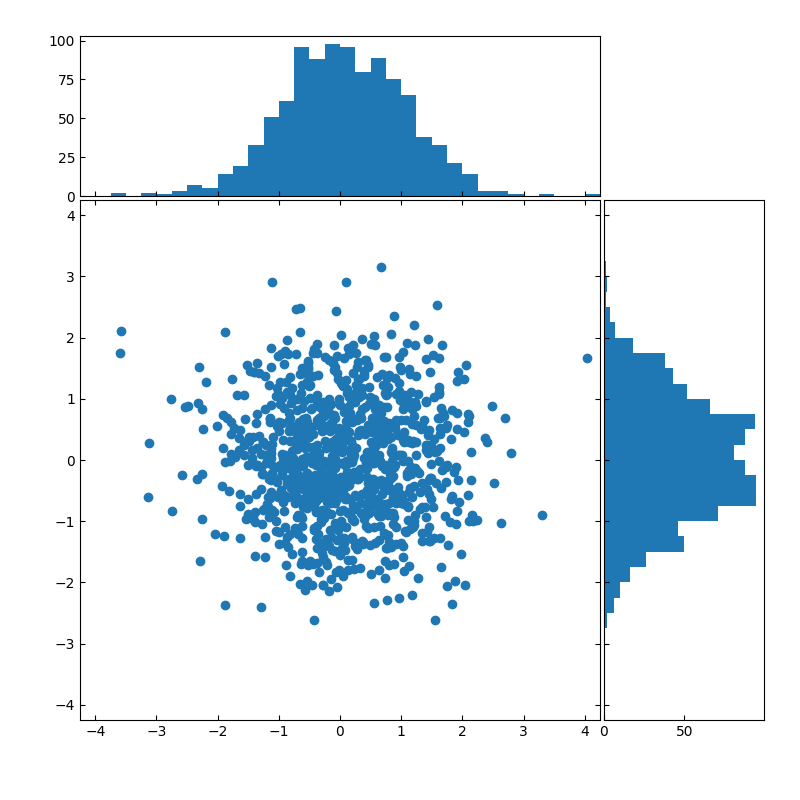
CREATE A SCATTER PLOT MATPLOTLIB HOW TO
Here we discuss an introduction to Matplotlib Scatter, how to create plots with example for better understanding. It helps us in understanding any relation between the variables and also in figuring out outliers if any. A 2-D array in which the rows are RGB or RGBA. The possible values for marker color are: A single color format string. Scatter plots become very handy when we are trying to understand the data intuitively. In-order to create a scatter plot with several colors in matplotlib, we can use the various methods: Method 1: Using the parameter marker color i.e.

While the linear relation continues for the larger values, there are also some scattered values or outliers. Step 2: Read the dataset For plotting Scatter plot in Matplotlib you have to first create two variables with data points. Plt.ylabel('y variable')Įxplanation: We can clearly see in our output that there is some linear relationship between the 2 variables initially. Steps to Create a Scatter Plot in Matplotlib Step 1: Import all the necessary libraries The first step is to import matplotlib, NumPy, and other required libraries. Plt.title('Scatter plot showing correlation') import matplotlib.pyplot as plt import numpy as np x np.random.randint(100, size(100)) y np.random.randint(100, size(100)) colors np.random.randint(100, size(100)) sizes 10 np.random.randint(100, size(100)) plt.scatter(x, y, ccolors, ssizes, alpha0.5, cmap'nipyspectral') plt.colorbar() plt. Here we will define 2 variables, such that we get some sort of linear relation between themĪ = ī = Ĭolors = (0,0,0) Example to Implement Matplotlib Scatterįinally, let us take an example where we have a correlation between the variables: Example #1 Z = fig.add_subplot(1, 1, 1, facecolor='#E6E6E6')Įxplanation: So here we have created scatter plot for different categories and labeled them. This is how our input and output will look like in python: Z = fig.add_subplot(1, 1, 1, facecolor='#E6E6E6') įor data, color, group in zip(data, colors, groups): Next let us create our data for Scatter plotĪ1 = (1 + 0.6 * np.random.rand(A), np.random.rand(A))Ī2 = (2+0.3 * np.random.rand(A), 0.5*np.random.rand(A))Ĭolors = (“red”, “green”) It might be easiest to create separate variables for.

For starters, we will place sepalLength on the x-axis and petalLength on the y-axis. y: The vertical values of the scatterplot data points. Step #2: Next, let us take 2 different categories of data and visualize them using scatter plots. To create scatterplots in matplotlib, we use its scatter function, which requires two arguments: x: The horizontal values of the scatterplot data points. As we mentioned in the introduction of scatter plots, they help us in understanding the correlation between the variables, and since our input values are random, we can clearly see there is no correlation. The scatter() function plots one dot for each observation. The following is the syntax: import matplotlib.pyplot as plt plt.scatter (xvalues, yvalues) Here, xvalues are the values to be plotted on the x-axis and yvalues are the values to be plotted on the y-axis. With Pyplot, you can use the scatter() function to draw a scatter plot. text (x + 0.Explanation: For our plot, we have taken random values for variables, the same is justified in the output. In matplotlib, you can create a scatter plot using the pyplot’s scatter () function. The scatter plot can then be analyzed to look for patterns and trends. To create a scatter plot, the data points are plotted on a coordinate grid, and then a line is drawn to connect the points. plot (x ,y ,marker =all_poss, markerfacecolor = 'orange', markersize = 23, markeredgecolor = "black" ) Detect outliers: Scatter plots are often used to detect outliers, or data points that lie outside the general trend. Let’s first take an example so we can explain its structure better. Such a plot creates a box-and-whisker plot and summarizes many different numeric variables. Another use is to analyze how distributed data is across datasets. Num = 0 for x in range ( 1, 5 ) : for y in range ( 1, 5 ) : Python box plot tells us how distributed a dataset is. yticks ( ) #plt.set_xlabel(size=0) # Make a loop to add markers one by one The required positional arguments supplied to ax.scatter() are two. How to create a simple scatter plot using matplotlib import matplotlib.pyplot as plt x 1,2,3,4,5,6,7,8 y 4,1,3,6,1,3,5,2 size 100,500,100,500,100,500,100,500 plt.scatter (x,y,ssize) plt. ylim ( 0.5, 4.5 ) # remove ticks and values of axis: Scatter plots of (x,y) point pairs are created with Matplotlibs ax.scatter() method.


plot ( 'x_values', 'y_values', data =df, linestyle = 'none', marker = '*' )Īll_poss = # to see all possibilities: # () # set the limit of x and y axis:


 0 kommentar(er)
0 kommentar(er)
